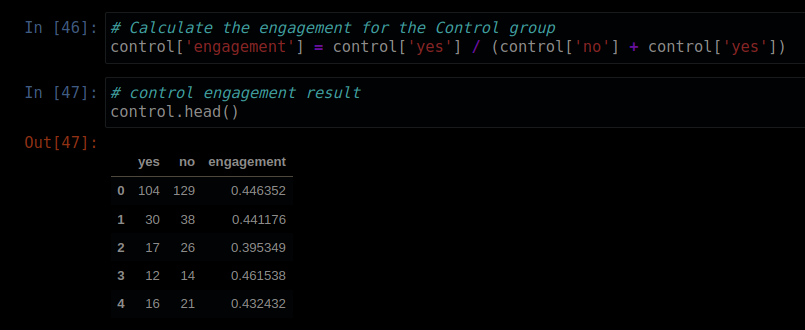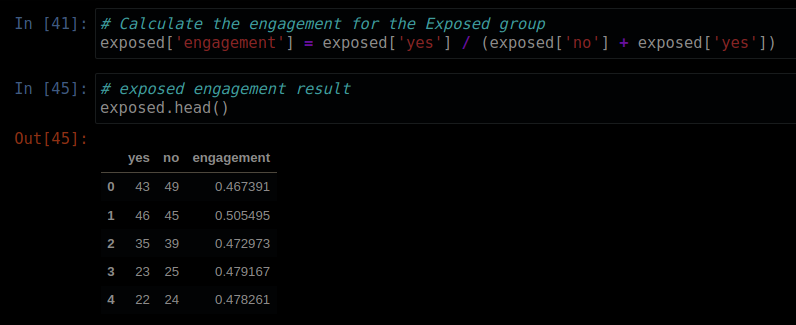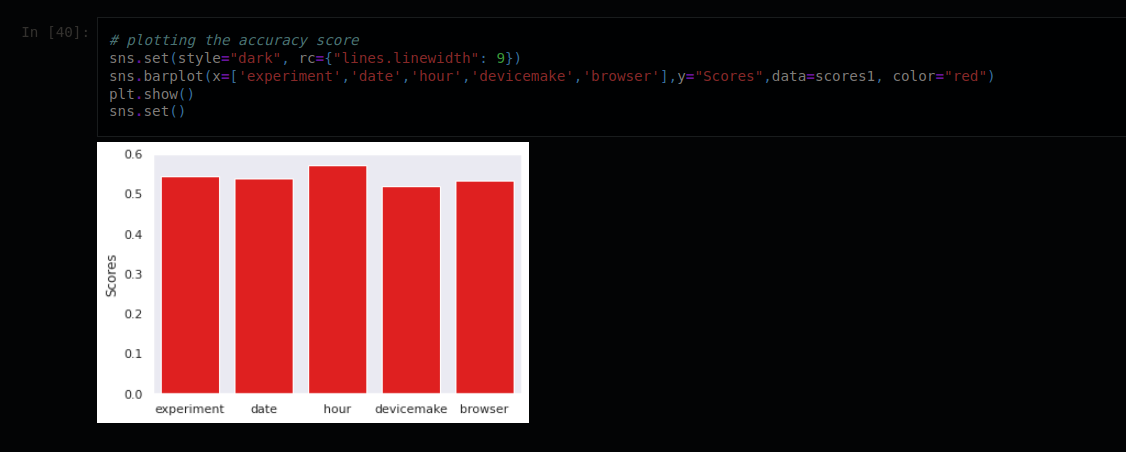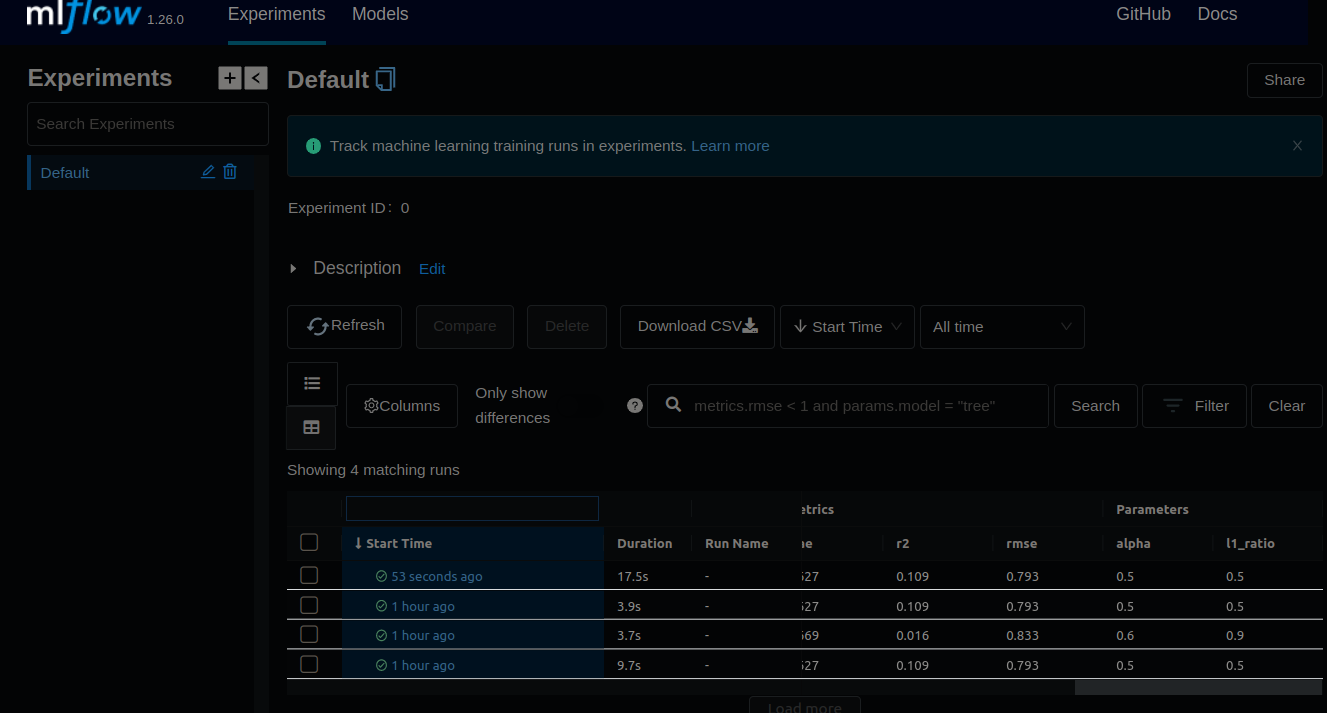The main objective of this project is to evaluate if the ads that smartAd company runs resulted in a significant lift in brand awareness.
We will cover:
Setting up classical & sequencial A/B tesing framework.
Extracting statistically valid insights in relation to the business objective.
Draw conclusion based on the satistical insights.
-
The BIO data for this project is a “Yes” and “No” response, of online users on the question. Q: Do you know the brand Lux?
O Yes O No -
Two types of user were using for the experiment, control & expose
Control: users who have been shown a dummy ad
Exposed: users who have been shown a creative (ad) that was designed by SmartAd for the client.
Control group engagment analysis
 Expose group engagment analysis
Expose group engagment analysis
 P and t value for the groups
P and t value for the groups

- Since the p-value is 0.5185 > alpha(0.05), We fail to reject the null hypothesis H0.
- So we came to the conclusion that there is no statistically significant difference between the two campaigns.
With A/B testing we compare between two, but with machine learning we can incorporate the complexity and dynamic nature of data and draw insights.
Using k-fold cross validation we were able to train three different models and determine their accuracy in predicting our data.
- Desicion Tree: 0.464
- Logistic Regression: 0.536
- XGBoost: 0.536
- Random Forest: 0.528
- 1 - XGBoost
- 2 - Logistic Regression
- 3 - Random Forest
With classical A/B testing, we determined if there was a significant lift in brand awareness which is instrumental to smartAd in making the next move.
With Machine Learning, we discover that the other features like the hour of the day, and the dates, determine the conversion in brand awareness.
There is a greater potential to have a significant lift in brand awareness.
git clone https://github.com/nardoshood/smartAd-abTest
cd smartAd-abTest
sudo python3 setup.py installMade with contrib.rocks



